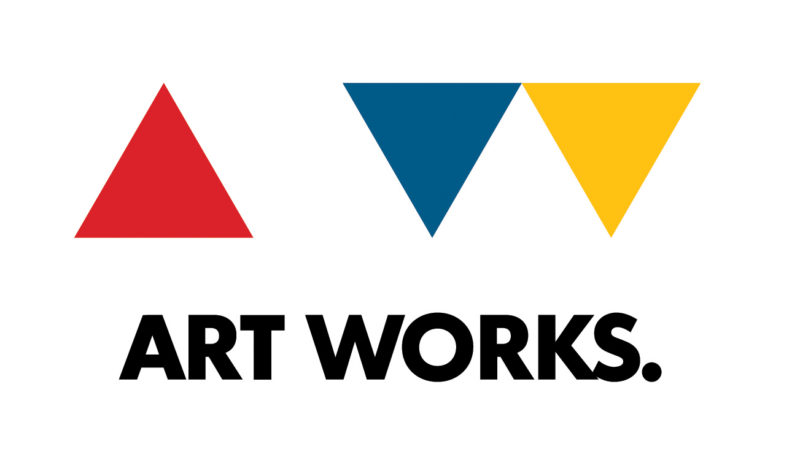 © 2017 Sally Whitman Coleman, PhD. All rights reserved.
© 2017 Sally Whitman Coleman, PhD. All rights reserved.
The President of the United States has released his proposal for the 2018 federal budget, which calls for the elimination of the National Endowment for the Arts (NEA).
Certainly, there are strong economic arguments for the continued government support of the arts. In a publication from 2015, the U. S. Bureau of Economic Analysis (BEA) and the NEA reported that arts and culture contributed $704 billion to the economy, or 4.32% of the national GDP, and the sector employs 4.7 million workers. These figures are higher than the BEA stated were generated by construction, transportation, and tourism. The arts are big business, and the NEA encourages growth in that economic sector. Every $1 in NEA funding leveraged up to $9 in private and state funds, which resulted in $500 million in matching support in 2016.
What you may not realize is that there is a close connection between the NEA and the Civil Rights Movement. President Lyndon B. Johnson created the NEA in 1965 under the rubric of the Great Society, which was a set of domestic programs intended to eliminate poverty and racial injustice by providing both economic resources and cultural legitimation. The projects funded by the NEA were and still are intended to reflect the richness and diversity of this country.
As the NEA budget has been slashed over the decades, first in the Reagan administration and later in the Clinton administration, private donors and foundations surely have stepped in to fill the gap. The problem is that they are funding the top 2% of institutions (those with annual budgets over $5 million) that tend to be located in large, coastal cities; therefore, private money is not reaching the people the NEA initially intended to serve.
Approximately 40% of NEA funding serves low-income audiences and takes place in high poverty neighborhoods. More than 35% of the funding supports programs that reach underserved population such as people with disabilities and veterans. A full 65% of NEA funding supports small and medium-sized arts organizations that would struggle to survive without federal support. Finally, the NEA offers equal access to the arts in all 50 states.
If the President of the United States cuts funding of the NEA, which was a mere $148 million or 0.003% of federal spending in 2016, a disproportionate number of people who the program was intended to benefit will be disadvantaged.
If you would like to advocate for the continued federal funding of the NEA, the College Art Association has put together an arts advocacy toolkit that you can access by clicking here.
I hope you join the fight.


